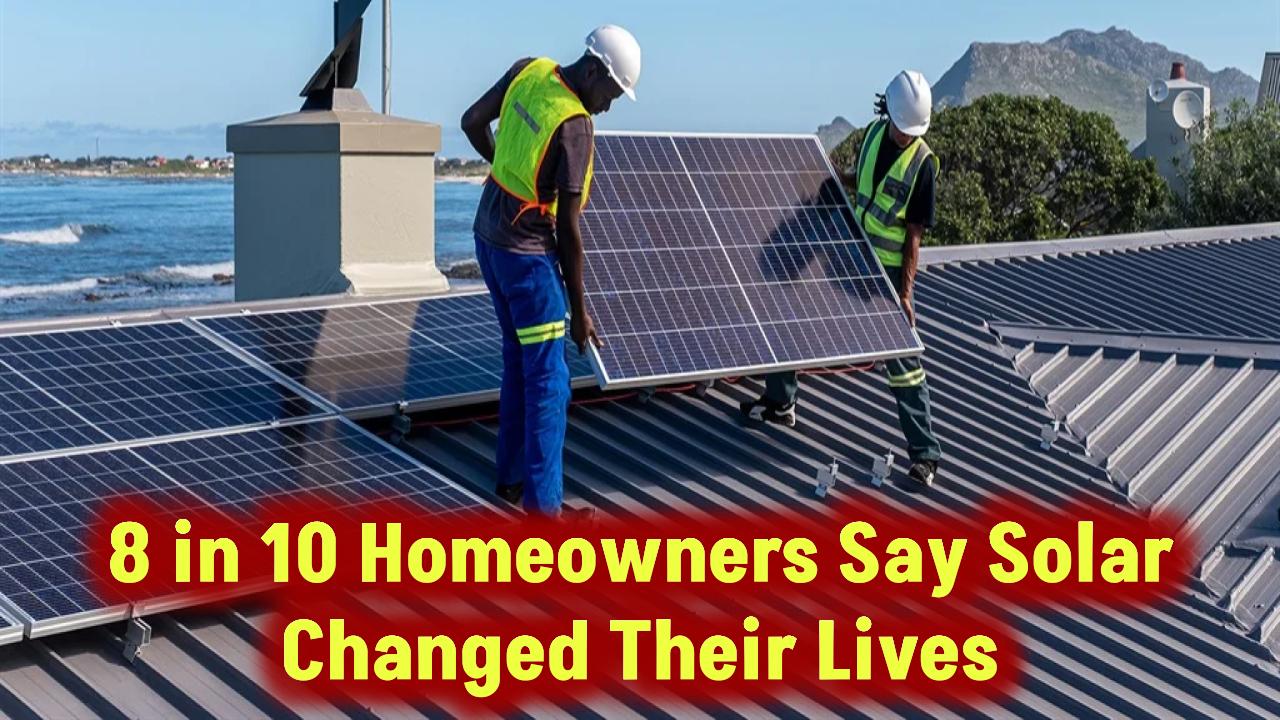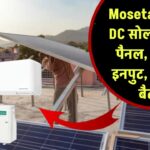
In today’s world, reducing electricity costs is more important than ever. With rising energy prices and growing environmental concerns, homeowners and businesses alike are looking for effective ways to lower their electricity bills. One of the best solutions is harnessing the power of the sun through solar energy. But how can you make the most of your solar setup? In this article, we’ll explore 5 genius solar hacks that could slash your electricity bill forever. Whether you’re a homeowner, a business owner, or just someone curious about solar energy, these tips are designed to help you maximize your energy savings.
Solar energy has gained significant traction in recent years, not just because of its environmental benefits but also due to the substantial cost savings it offers. According to the U.S. Department of Energy, the average household with solar panels can save between $10,000 and $30,000 over the life of their system. But to truly take advantage of these savings, it’s essential to adopt smart strategies that optimize your solar energy usage. Let’s dive into these hacks!
1. Maximize Daytime Energy Use
Solar panels produce electricity from sunlight, so the more sunlight hours you can use, the more energy you will save. This first hack is all about timing. By scheduling your energy-heavy tasks like doing laundry, running the dishwasher, or air conditioning during the peak sunlight hours (usually between 10 AM and 3 PM), you can take advantage of the energy produced by your solar panels directly.
Example:
Let’s say you typically run your washing machine in the evening. If you shift this to the afternoon when your solar panels are at their peak efficiency, you’re using the free energy generated by the sun instead of drawing from the grid. This small change can make a big difference in reducing your electricity bill.
Practical Advice:
- Shift household chores: Move high-energy tasks like cooking, dishwashing, and vacuuming to the afternoon.
- Set appliances to run during the day: Set your appliances to run during hours of sunlight to make the most of your solar energy system.
By doing so, you ensure that you’re using as much solar energy as possible and not relying on your electricity provider.
2. Take Advantage of Net Metering
Net metering is a fantastic program available in many places where homeowners with solar panels can send excess energy back to the grid. If your solar energy system produces more electricity than your home needs, this excess energy can be sold back to your utility company, effectively earning you credits that can offset future energy consumption. This hack is not only eco-friendly but also a fantastic way to reduce your electricity bill.
Example:
Let’s say your solar panels generate 10 kWh of electricity during the day, but you only use 7 kWh. That means 3 kWh goes back into the grid. Depending on your utility company’s net metering program, you might get paid for that 3 kWh or earn credits to lower your next electricity bill.
Practical Advice:
- Check with your utility: Not all regions or companies offer net metering. Before installing solar panels, research if net metering is available in your area.
- Understand your credit rates: Some programs pay for the energy at a retail rate, while others may pay less, so knowing the rates can help you plan your solar energy usage better.
3. Optimize Solar Panel Placement
The placement of your solar panels is crucial to their performance. To ensure your panels are operating at maximum efficiency, they should be installed in a location that receives the most sunlight throughout the day. For homes in the Northern Hemisphere, this generally means south-facing roofs with no shading from trees or buildings.
Additionally, keeping the panels clean and maintained is essential. Dirt, leaves, and other debris can significantly reduce the efficiency of your system. A little upkeep goes a long way in ensuring that you’re getting the most from your solar panels.
Example:
If your roof has sections that are shaded by trees, consider trimming those trees back or choosing a different part of the roof for your solar installation. Even a small amount of shading can reduce solar panel output by 20-25%.
Practical Advice:
- Evaluate shading patterns: Before installing, check how shadows move across your roof throughout the day.
- Schedule regular cleaning: Solar panels should be cleaned at least twice a year to remove dirt, dust, and other debris.
- Consider professional installation: A solar professional can help position the panels to avoid shading and optimize energy production.
4. Utilize Energy Storage Solutions
While solar energy is a great way to reduce electricity costs, you might not always need all the energy produced during the day. One genius hack is to invest in solar batteries that store excess energy for use during the night or during cloudy weather.
With a solar battery, any energy generated during peak sunlight hours can be stored and used later, reducing or even eliminating your reliance on grid electricity at night.
Example:
Consider a Tesla Powerwall, a popular home battery solution. During the day, your solar panels generate energy, and the Powerwall stores the extra. Then, when the sun sets, the Powerwall can supply your home with power, keeping you off the grid and further reducing your electricity bill.
Practical Advice:
- Assess your energy needs: If you use a lot of energy in the evening or during cloudy days, investing in a battery system could be highly beneficial.
- Look for incentives: Some areas offer rebates or tax credits for installing energy storage systems.
Check out more details on solar battery storage through the Energy.gov Storage Page here.
5. Adopt Energy-Efficient Practices
Finally, combining solar energy with energy-efficient habits can amplify your savings. Even with the best solar setup, you can still use too much energy if you’re not mindful of how you consume it. Simple actions like using LED lighting, unplugging unused electronics, and improving home insulation can have a huge impact on your overall energy usage.
Example:
Switching your home’s lighting to LED bulbs can reduce your electricity usage by 75%. Similarly, using smart thermostats can help optimize your heating and cooling needs, ensuring your solar power is used effectively.
Practical Advice:
- Use LED bulbs: They consume less power and last much longer than traditional bulbs.
- Unplug devices: Electronics like chargers, televisions, and appliances still draw power even when not in use. Unplugging them can save you money.
- Seal leaks: Proper insulation and sealing windows and doors can prevent your home from losing heat or cool air, reducing the need for heating and cooling.
FAQs
1. Can I install solar panels myself to save money?
While it’s possible to install solar panels yourself, it’s often recommended to hire a professional installer to ensure your system is correctly set up for optimal performance. Improper installation can lead to inefficiency, reduced energy output, or even damage to the panels.
2. How long does it take for solar panels to pay for themselves?
On average, it takes about 6-8 years for solar panels to pay for themselves, depending on factors like installation costs, energy usage, and incentives. After that, any energy you generate is essentially profit.
3. How much does a solar battery cost?
The cost of a solar battery can vary, but typical prices range from $5,000 to $10,000, depending on the size and brand. However, there are often incentives and rebates that can help offset the cost.









